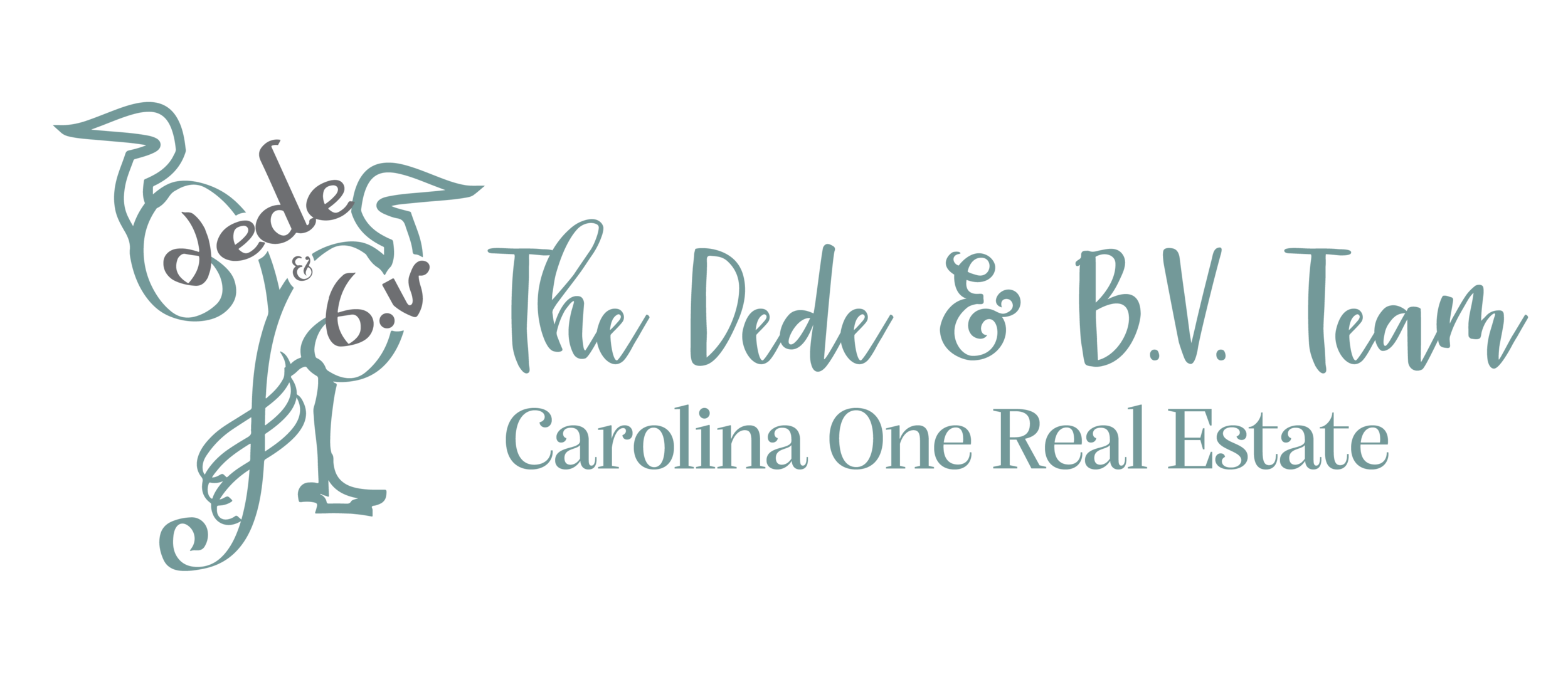Roofs and Insurance Costs
Is a 10 year old roof too old?
I'm sure you've noticed sky rocketing prices on insurance. We are seeing policy increases as high as 40% - even on newer homes, but the most expensive policies are on coastal properties and older homes with older roofs.
Roof and water damage claims are the most common, so insurance companies try to guard themselves against those risks. That means they are paying extra close attention to the age of your home's plumbing and roof. Did you know that a roof installed 10 years ago is now considered old? Many carriers require a roof to be less than 20 years old, but there are carriers who won't write policies on roofs older than 10 years.
A roof is only as new as you can prove it is! Documentation is required to confirm your roof's age. Your insurance company will likely ask for a copy of the paid receipt and a completed municipal inspection showing the date of installation.
Have you heard of a wind mitigation form? Insurance companies will encourage you to get one to see if your roof qualifies for a substantial insurance discount, and local home inspectors do them ($100-$300 expense), but it's not that simple. The form asks questions about the roof sheathing, roof-to-wall connections, shingles and underlayment, which have to meet certain standards. It's highly unlikely your roof was installed to those standards unless you requested it. And if your attic is spray-foamed, the inspection can't be completed.
Note: Insurance companies view rentals as having more risk/exposure so the same discounts are not available on rentals that are on primary residences. If a rental property is written on a DP3 dwelling policy (instead of a homeowners policy), the only credits they offer are if the roof was replaced as a hip roof or if it qualified for the IBHS discount with a hurricane resistance designation level.
If you are buying a house, you'll want to ask the seller to provide this documentation, but be prepared that they may not have it. Chances are, none of this information was required when their roof was installed, and they've likely never heard of a wind mitigation form.
Keep this in mind when you get your roof replaced and discuss wind mitigation with your roofing contractor. It may be worth spending a bit more on a fortified roof to capture the insurance discounts. Always have your roofer fill out the wind mitigation form and remember to send a copy to your insurance provider along with an invoice and permit/Town inspection when the roof is complete.
The insurance world is ever changing based on claim trends, weather patterns, named storms and catastrophes. Gone are the days of being able to insure a home with a 20 year old roof. Expect that guidelines could be even stricter in the future.


